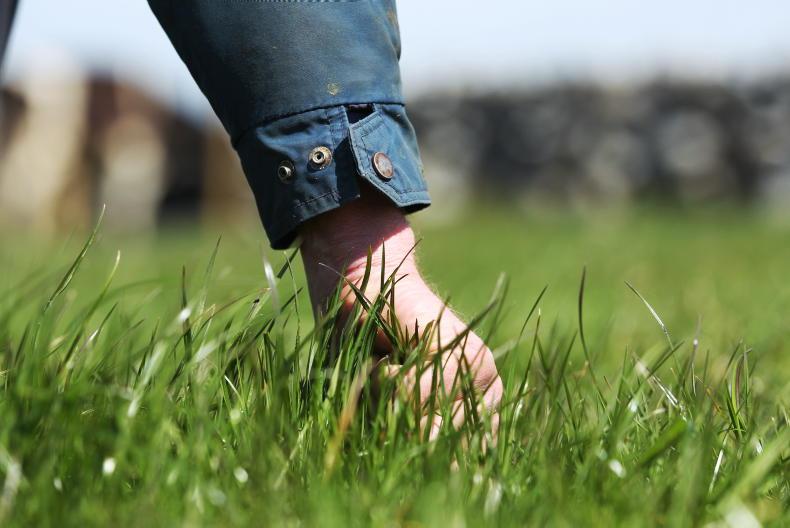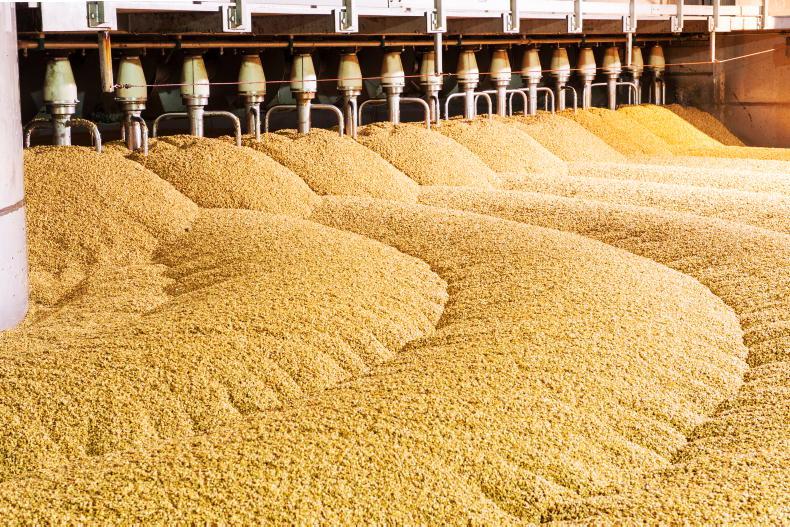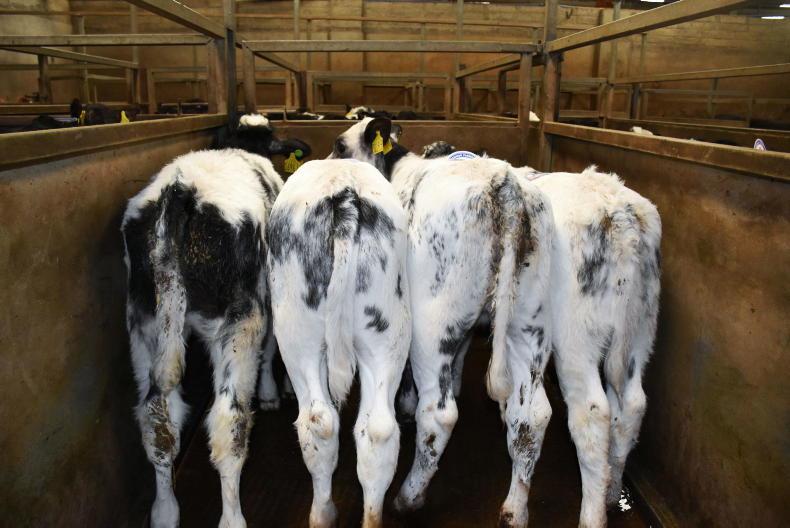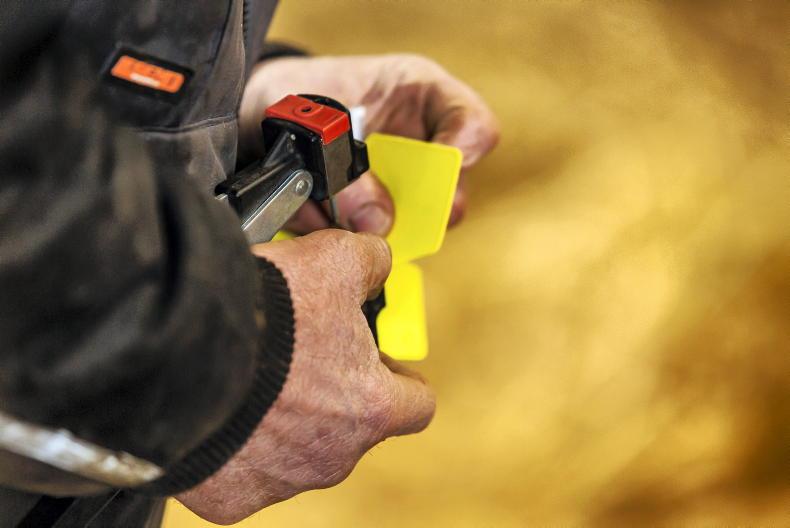Estimates for the amount of carbon dioxide that is captured by grassland soils in NI have been revised downwards by DAERA.
The updated greenhouse gas inventory was published on Tuesday and indicates that grasslands sequestered 0.2 mega tonnes of carbon dioxide equivalent (MtCO2e) in 2019. In the 2018 inventory, grasslands were estimated to capture 1.1 MtCO2e from the atmosphere.
DAERA state that the decrease in carbon capture is due to “an update to the area of grasslands on organic soils” with the area rising by 13% for the latest inventory. There has also been “a major update to emission factors” which are used in the calculations.
Changes are also seen in the carbon that is emitted from wetlands in NI. The 2019 inventory states that wetlands emitted 1.4 MtCO2e, but in the 2018 inventory, it was estimated to be just 0.1 MtCO2e.
DAERA states that these changes are due to an increase in the estimated wetland area, new emission factors and revised data on peat extraction in NI.
The revised figures affect the land use sector of the greenhouse gas inventory. The sector was responsible for 12% of all emissions in NI during 2019, up from just 3% in the 2018 figures.
Increased emissions from land use means that the proportion of total emissions in NI which DAERA attribute to agriculture has fallen slightly from 27% to 26%. Total emissions from NI were estimated to be 21.4 MtCO2e during 2019, up from 19.4 MtCO2e in the previous inventory.
However, the revised methodology has been applied to data for all previous years in the latest inventory, so the changes have not had a drastic impact on NI’s progress on cutting emissions relative to the base year of 1990.
The latest inventory shows NI emissions in 2019 were 18% lower than 1990 levels and across the UK as a whole, emissions in 2019 were down 44% compared to the base year.









SHARING OPTIONS